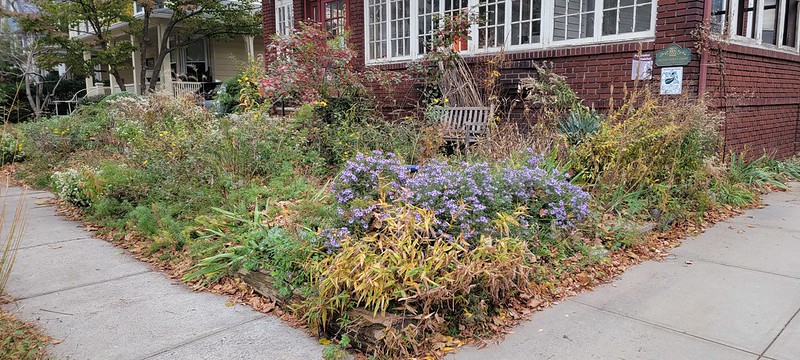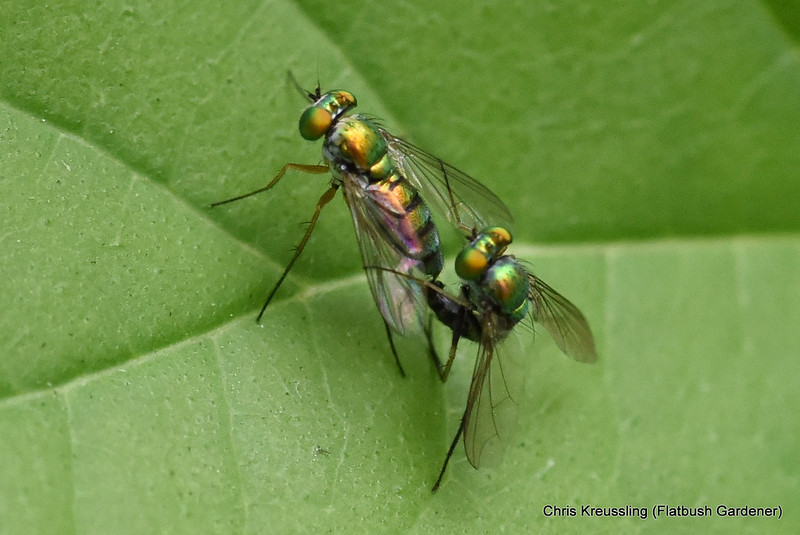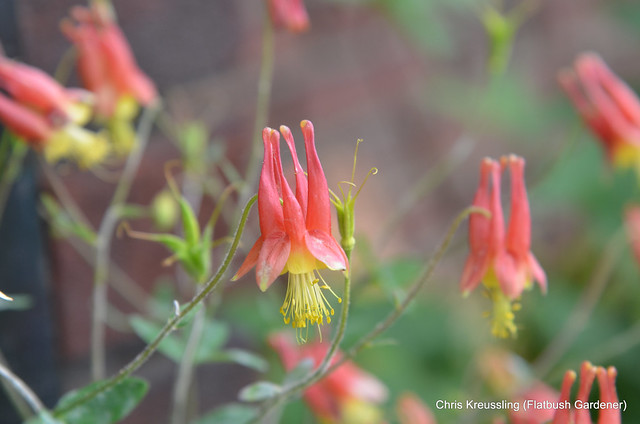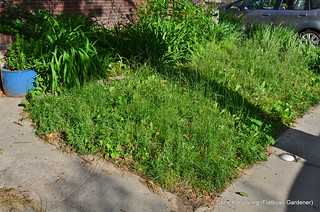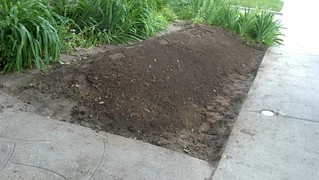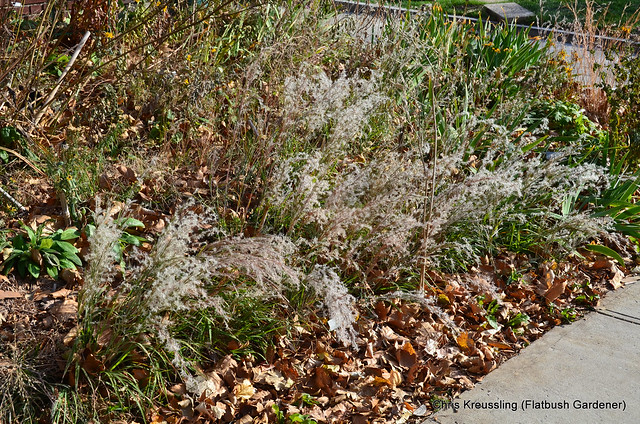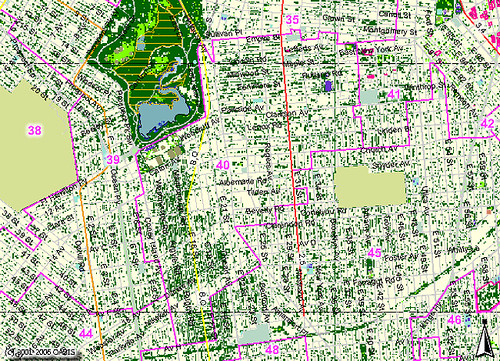2022-05-09 UPDATE: Due to the rainy, windy, cold weather yesterday, we will be scheduling another session of this workshop for later this week, most likely for the afternoon of Friday, May 13th. Will update here when confirmed!
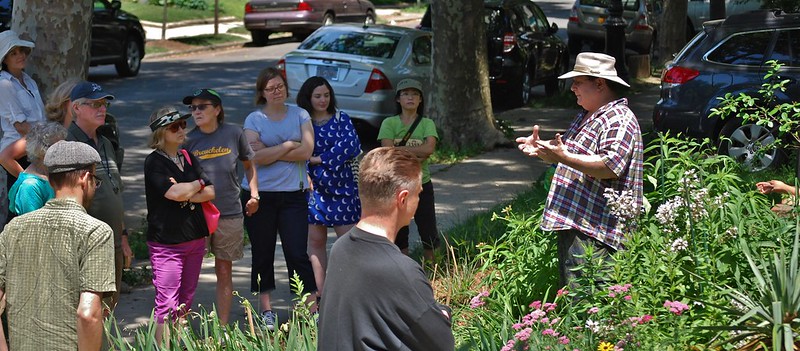
Sunday, May 22nd 6th, I will be hosting and facilitating a workshop on gardening for habitat with native plants in my home garden.
The workshop is from 12noon to 2pm.
Space is limited, so please register at the Eventbrite link below.
Learn how to garden with native plants to create wildlife habitat, even in small urban gardens. In this interactive garden tour and workshop, Chris will use his garden to highlight the importance of native plants for sustaining urban wildlife, and how to create and maintain a garden for its ecological value. With nearly 200 NYC-native plant species, and over 400 documented insect visitors, you are sure to learn something new and find inspiration for improving habitat wherever you garden.
Presented by Chris Kreussling. Chris is an urban naturalist and advocate for urban habitat gardening with native plants. He has led numerous native plant and pollinator walks and workshops, for NYC Wildflower Week, Wave Hill, the High Line, and others. His garden is a registered habitat with the National Wildlife Federation, Xerces Pollinator Society, and other organizations. He’s documented this ongoing transformation on his gardening blog, Flatbush Gardener and on Twitter as @xrisfg.
- Eventbrite
Related Content
Insect Year in Review 2021, 2022-01-03Hot Sheets Habitat, 2021-11-19
Documenting Insect-Plant Interactions, 2021-10-29
Presentation: Creating Urban Habitat, 2021-02-04
Home of the Wild, 2020-05-13
Pollinator Safari: Urban Insect Gardening with Native Plants, 2019-06-08
Charismatic Mesofauna, 2019-02-12
Pollinator Gardens, for Schools and Others, 2015-02-20
NYCWW Pollinator Safari of my Gardens, 2014-06-14
Links
Eventbrite registration pageNYC Wildflower Week


